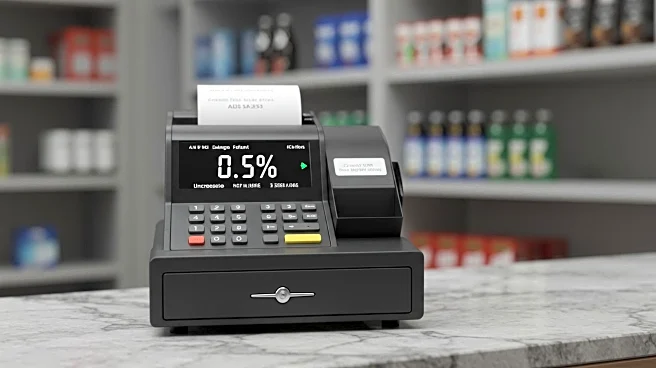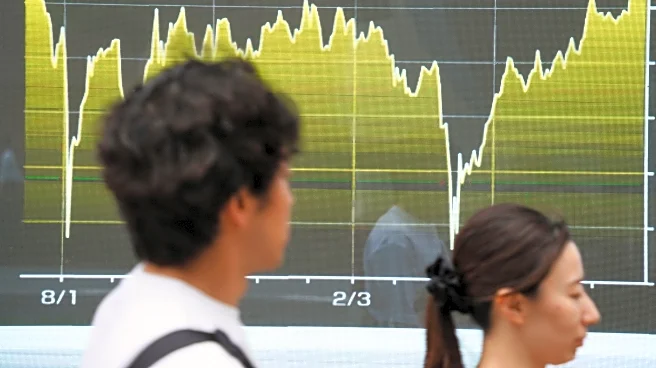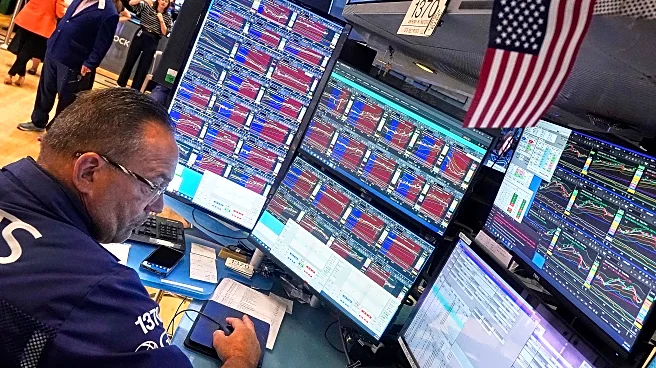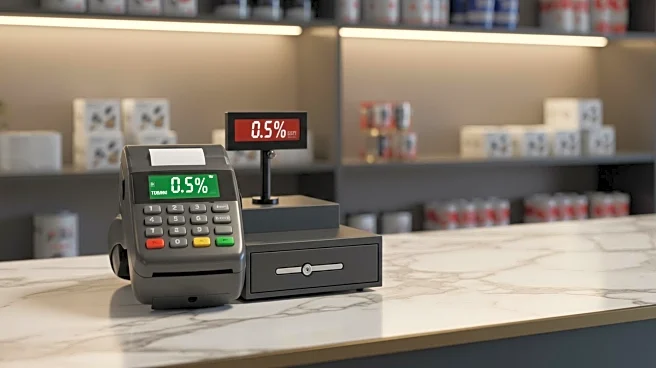What's Happening?
Despite ongoing economic challenges, the back-to-school shopping season has exceeded expectations for retailers across the United States. Sales of school supplies, apparel, and footwear have met or surpassed forecasts, with consumers shopping earlier than usual to avoid potential price hikes due to tariffs. Retailers have strategically aligned their promotions with Amazon Prime Day, offering discounts and free shipping to attract shoppers. Tax-free days in several states have further boosted store traffic, contributing to better-than-expected sales. Marshal Cohen, chief retail industry adviser for Circana, noted that while prices have increased, consumers have accepted these changes and prioritized spending on essential items for school. Overall, U.S. retail sales rose by 2% for the four weeks ending August 2, compared to the same period last year.
Why It's Important?
The robust performance of the back-to-school shopping season serves as a potential indicator for the upcoming holiday season. Retailers have managed to maintain steady traffic and sales despite economic uncertainties, including inflation and tariffs imposed by President Trump. This resilience suggests that consumers are willing to spend on essential items, even as they become more discerning about their purchases. The success of early promotions and tax-free weekends highlights the importance of strategic timing and value-driven marketing in attracting consumers. As spending patterns during the back-to-school season often reflect broader economic trends, the positive results may signal a stable retail environment moving forward.
What's Next?
Retailers are likely to continue leveraging promotional strategies to maintain momentum as the school year progresses. With tariffs affecting various goods, businesses may need to adjust pricing strategies to balance cost increases with consumer demand. The back-to-school season's success could influence holiday shopping plans, prompting retailers to stock up on essential items and offer competitive deals. Analysts will closely monitor consumer spending behavior to assess the impact of economic factors on retail sales. Additionally, the National Retail Federation predicts an increase in overall retail sales for 2025, suggesting optimism for the industry's future.
Beyond the Headlines
The back-to-school shopping season's success underscores the adaptability of both consumers and retailers in navigating economic challenges. As families prioritize spending on education-related items, there is a cultural emphasis on the importance of education despite financial pressures. Retailers' ability to meet consumer needs through strategic promotions and inventory management reflects a shift towards more responsive and consumer-centric business practices. This trend may lead to long-term changes in how retailers approach seasonal sales and engage with consumers.












